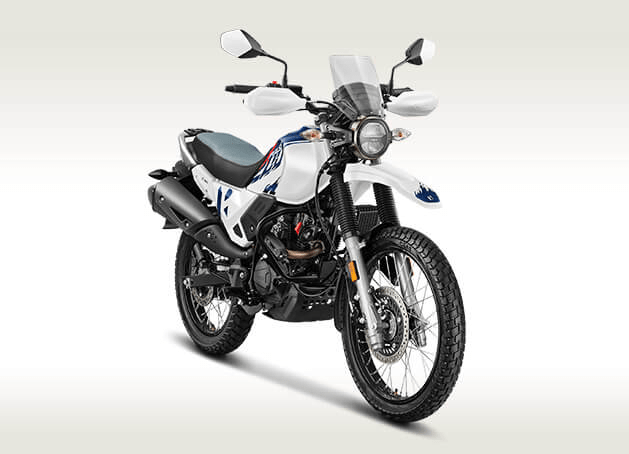The anti-lock braking system (ABS) in vehicles is an essential safety feature that activates when brakes are applied suddenly in emergency situations. It typically incorporates control modules, a brake control unit, wheel speed sensors, and a hydraulic pressure modulator and enables the wheels of a vehicle to preserve dynamic contact with the road surface, which corresponds to the braking inputs given by the driver. It significantly minimizes the risks of skidding, particularly in slippery conditions, provides increased stopping power, and improves traction control and vehicle stability. Additionally, it helps lower maintenance expenses, minimize insurance costs, improve traction control, and enhances the resale value of the vehicle. Owing to these benefits, the anti-lock braking system is widely adopted in passenger cars, two-wheelers, and commercial vehicles.
What are the growth prospects and trends in the anti-lock braking system (ABS) industry?
The market is primarily driven by the increasing demand for anti-lock braking systems (ABS) due to the rising number of road accidents across the globe. In addition, the growing safety concerns among individuals, and awareness regarding the benefits of ABS, such as shorter braking distances, compatibility with numerous road surfaces, and reduced wear and tear, is contributing to the market growth. In line with this, the recent development of an advanced braking system for two-wheelers, such as a modular and scalable anti-lock braking system (ABS) specially designed for the braking properties which can be adapted to models ranging from the lower power segment to high-end sports bikes represents another major growth-inducing factor.
Moreover, the implementation of strict regulations by several governments mandating safety standards with the launch of several initiatives promoting vehicle safety represents another major growth-inducing factor. For instance, numerous organizations such as the Insurance Institute of Highway Safety, the New Car Assessment Program, and the International Center for Automotive Technology have increased the safety protocols for vehicles, thus accelerating the product adoption rate. In line with this, in July 2020, as per the provisions of Regulation (EU) No 168/2013, motorcycles falling under the L3e-A1 subcategory are required to have an advanced braking system (ABS) or a combined braking system (CBS), or both, depending on the discretion of the manufacturer. Apart from this, advanced braking system (ABS) is growing at different rates in numerous regions, with Asia-Pacific being one of the largest markets due to the rising incidences of accidents and expanding the automotive sector with the increasing demand for vehicles among individuals.
Furthermore, the industry is expected to face competition in the coming years as various key players are implementing competitive strategies to sustain their presence in the market. For instance, in March 2022, ZF introduced its Commercial Vehicle Solutions’, a new comprehensive product and technology range for heavy-duty trucking applications at TMC 2022 in Orlando. At the event, ZF showcased its complete commercial vehicle product lineup and presented its vehicle dynamics offerings, which encompass advanced driver assistance systems (ADAS), both pneumatic and hydraulic anti-lock braking systems (ABS), and steering solutions.
Request your free sample copy of this report:-
Anti-lock Braking System Opportunities: –
To improve vehicle safety and control while braking, the Anti-lock Braking System (ABS) technology has been widely embraced in the automobile industry. Even though ABS is an advanced technology, there are still areas for development and growth. These prospective ABS opportunities are listed below:
Sensor technology advancements:
ABS uses a variety of sensors to track wheel speed and identify probable wheel lock-up. There are opportunities to improve sensor technology, including the use of more accurate and trustworthy sensors that can deliver real-time data for enhanced control and responsiveness.
Advanced Driver Assistance Systems (ADAS) integration:
Lane departure warning systems and collision avoidance systems are two examples of ADAS technologies that can be combined with ABS. Cooperative braking techniques that optimise braking performance based on the whole driving environment may be made possible by this integration, which can offer a more complete safety solution.
Improved Performance in Difficult Situations:
ABS can be further optimised to deliver better performance in difficult situations, like on slick surfaces or while driving off-road. To adjust the ABS reaction to various road and weather conditions, advanced algorithms and sensor fusion techniques can be used, increasing traction and stability.
Integration with Electric and Hybrid Vehicles:
There are potential to optimise ABS for electric and hybrid vehicle types as they become more common. This entails taking into account regenerative braking systems and how they interact with ABS, as well as creating ABS algorithms that are specifically designed to work with electric and hybrid powertrains.
Application in Two-Wheelers and Other Vehicles:
ABS has mainly been used in four-wheeled passenger cars, but it might also be used in other car classes. The safety of motorcycles and bicycles, for instance, can be improved with ABS since it prevents wheel lock-up when braking. Opportunities may also arise from investigating ABS options for different types of vehicles, such as commercial trucks or recreational vehicles.










